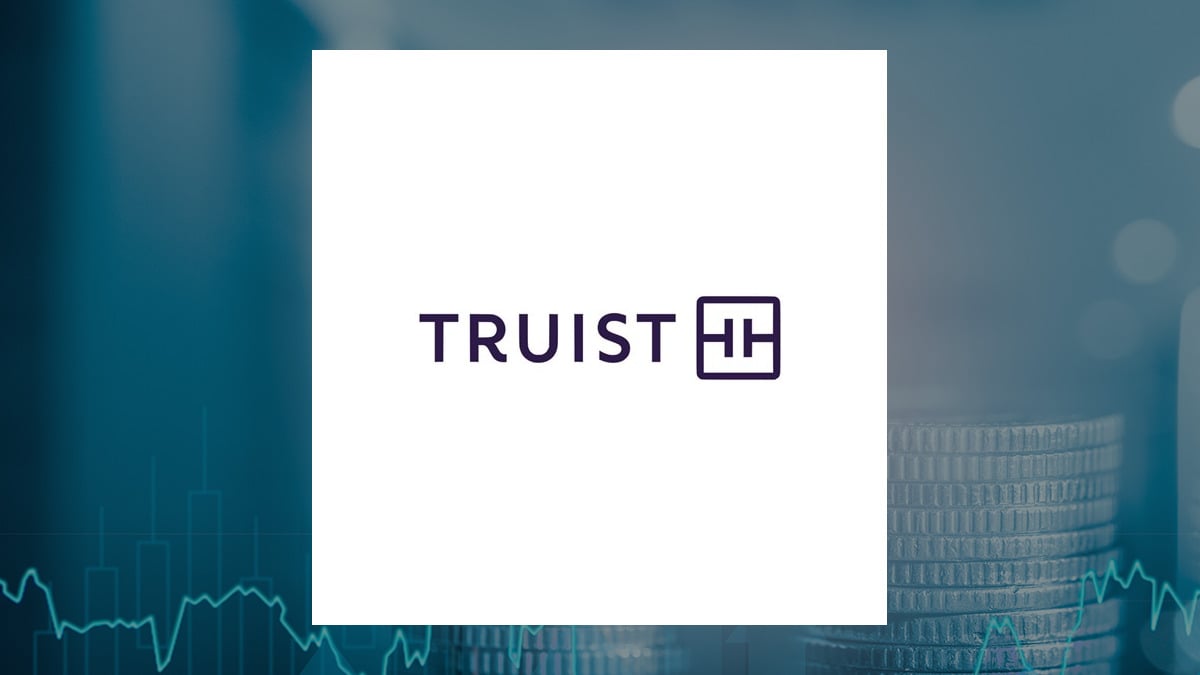Crises are inevitable. But, according to the president of Simmons University and the dean of the Wharton School, avoiding these mistakes can ensure you come out the other side stronger than ever.

Crises have a habit of creeping up on us. They can take many forms–supply chain issues, inflation, disruptions to the labor force, technology failure, even a global health pandemic–and often feel like they are arriving out of the blue. But crises are inevitable, and they happen over and over again.
The good news is that you can prepare for a crisis just as you would for anything else. Leaders and organizations that take the time to prepare for uncertainty through scenario-planning, keeping bi-lateral lines of communication open, and building diverse teams before a crisis hits, should weather it relatively well. Those who embrace the learning opportunities that crises also bring, will fare better still–avoiding exposure to the same or similar risks further down the line.
Some organizations embraced these lessons during the pandemic. For instance, after seeking the counsel of health care experts and scientists, Adam Silver, the commissioner of the NBA suspended the season for the first time in its almost 80-year history. Public health, he affirmed, was of paramount importance, outweighing any other concern. Silver built a coalition of expertise that extended beyond the boundaries of his organization, tapping into a diversity of skills, prowess, and know-how to manage the situation.
The result was the first and arguably largest “bubble” of the pandemic era. Enacting the bubble is reported to have cost the league $190 million. But it recouped a stunning $1.5 billion in otherwise lost revenue, without a single case of infection among players or staff during its existence. The NBA bubble passed into organizational protocol as a result of its success–a contingency plan for future crises.
Others, however, seem to have failed to embed all the lessons of the pandemic, only to find themselves vulnerable to other crises in the wake of COVID-19, like backlash from employees, supply chain issues, and more.
Take Apple. When COVID-19 hit the US, the tech behemoth was deft in its response. The company instituted remote working almost overnight, along with a pledge to pay employees in alignment with “business as usual operations.” In March 2020, CEO Tim Cook issued a statement to the “Apple Family,” expressing his gratitude to workers around the globe, and quoting President Lincoln: “The occasion is piled high with difficulty, and we must rise with the occasion. As our case is new, so we must think anew, and act anew.”
Fast-forward to 2022, and Apple’s thinking and actions seem to have missed the mark with the very workers whose loyalty they’d lauded at the height of the pandemic. Why? In a world where an overwhelming majority of office workers have embraced remote working, Apple’s insistence on bringing employees back into the office three days a week is facing pushback, as employees contend they are “happier and more productive” at home.
Apple isn’t the only company being roiled by the Great Resignation in 2022, of course. And of course plenty of other companies have brought workers back to the office in recent months, including American Express, Microsoft, and Goldman Sachs. In contrast, Reddit, Spotify, Twitter, and other tech giants have capitalized on the learnings of COVID-19 to make the transition to remote working permanently available, making Apple’s leadership now look out of step with employee expectations. It appears that they have failed to learn some of the valuable lessons that the pandemic had to offer, and as such, have left the organization exposed to its aftermath.
Another example is fitness brand CrossFit, which became something of a lightning rod for public outrage in 2020 at the height of not one but two global crises: COVID-19 and the social justice movement sparked by the murder of George Floyd.
With sentiment simmering across the U.S. and beyond, and corporate America pledging unprecedented support for communities of color, CrossFit founder and CEO Greg Glassman took to Twitter in June 2020, to remonstrate with messages sent by the U.S. Institute for Health Metrics and Evaluation: “It’s Floyd-19,” he tweeted, a tone-deaf response seemingly attempting to link systemic racism in America to quarantine rules related to the pandemic. It backfired. The response on Twitter, from corporate sponsors and from the public, was immediate. Glassman was obliged to stand down as CEO in 2020, and CrossFit was sold at a loss within a month of his now infamous tweet.
Yet, incredibly, this wasn’t the first time Glassman and CrossFit experienced a social media crisis. Just two years earlier, a senior executive at CrossFit, Russell Berger, had waded into a very public war of words with the LGBTQ community when he tweeted that “Pride is a sin.” Berger was fired by Glassman at the time, but it’s clear he didn’t learn from Berger’s experience.
Glassman failed to put in place the checks and balances, the protocols, and processes that would protect him and his company from making the same mistake twice. In doing so, he left himself and CrossFit vulnerable to the same crisis, this time with catastrophic consequences.
While these are very different situations, both feature leaders who failed to learn from a crisis.
There are many ways that this can happen. Here are four of the big ones.
1. Failure to scan
This happens when leaders fail to watch for and recognize the signs or signals that presage a crisis. The Terminal survey of engineers found that workers valued remote working more than anything, with flexibility cited as the most effective antidote to burnout. And this was only one of countless resources or industry barometers available to Apple’s leadership during the pandemic era. Academia, industry bodies, and employers were already sounding alarms about the Great Resignation even as COVID-19 was raging in the U.S. and elsewhere. In June, PwC warned that one in five workers are set to quit in 2022: a “wake-up call for employers,” says the firm, and a reminder that workers can be “a force multiplier or a detractor.” As a leader, if you don’t learn to scan for and recognize changes in your environment you will be highly susceptible to the next crisis, no matter how well you might have weathered previous storms.
2. Failure to sense-make
Spotting signs is one thing; connecting the dots is another. If you don’t stop to ask yourself questions and challenge your assumptions, you are at serious risk of minimizing the threat in front of you. It’s hard to know what was going through Glassman’s mind when he tweeted about George Floyd and COVID-19, but it’s likely he hadn’t thought through the consequences of speaking out so carelessly on such an incendiary and emotionally charged subject. Sense-making is about seeking out all the information and looking at all the angles of a situation, no matter how insignificant the risk might feel.
3. Failure to seek out diverse perspectives
This is really critical. If you don’t empower and incentivize people around you to share their viewpoints, and you yourself as a leader fail to seek the counsel of others, you are very unlikely to appreciate the full dimensions of a looming crisis. There is evidence to suggest that CrossFit under Glassman was a culture ruled by fear and discrimination; a command-and-control setup where employees were ruled by a threat of retribution. Had he led a different kind of culture, he might have had a greater understanding of how his words and actions could resonate with different audiences.
4. Failure to determine what the critical lessons are
Effective leaders–what we call “prepared leaders”–will always review what happened in a crisis: what went well, what didn’t, and what learnings there are to embed into company policy, practices, and culture going forward. In 2022, Apple doubled down on its return-to-office mandate. But there were other major tech players who seem to have taken more time to reflect on the lessons of COVID-19 and the Great Resignation. Amazon, Intel, PayPal, and Pinterest all published shareholder reports this year flagging the risks of being inflexible in the fight for talent.
Complacency, command, and control decision-making, as well as failing to see things from different perspectives and to reflect on what you find, are all the enemies of learning. And learning in a crisis is critical. It’s the one thing that helps you brace, deflect, or contain, and to recover from the next crisis that is already creeping up on you. Because, as we know, crises are inevitable and they happen again and again.
Regardless of whether you’re in the midst of a small daily crisis or a larger global threat, leaders need to ask themselves these questions: What have I learned? Is it enough? And what am I going to do with that learning?
Erika James is an award-winning educator, accomplished consultant, and researcher, and an expert on crisis leadership, workplace diversity, and management strategy. She is the first woman and first person of color to be appointed dean in Wharton’s 141-year history.
Lynn Perry Wooten is a seasoned academic and an expert on organizational development and transformation. She is the ninth president of Simmons University and the first African American to lead the institution. They are the coauthors of The Prepared Leader: Emerge From Any Crisis More Resilient Than Before.
Source: fastcompany.com






